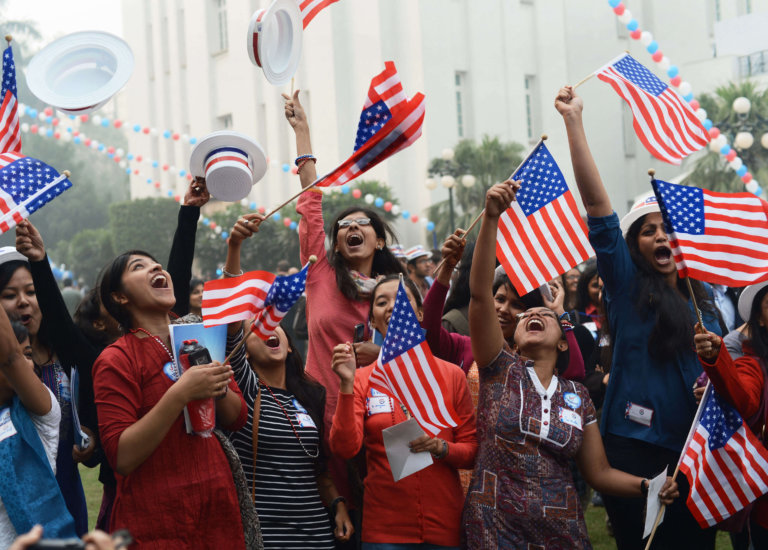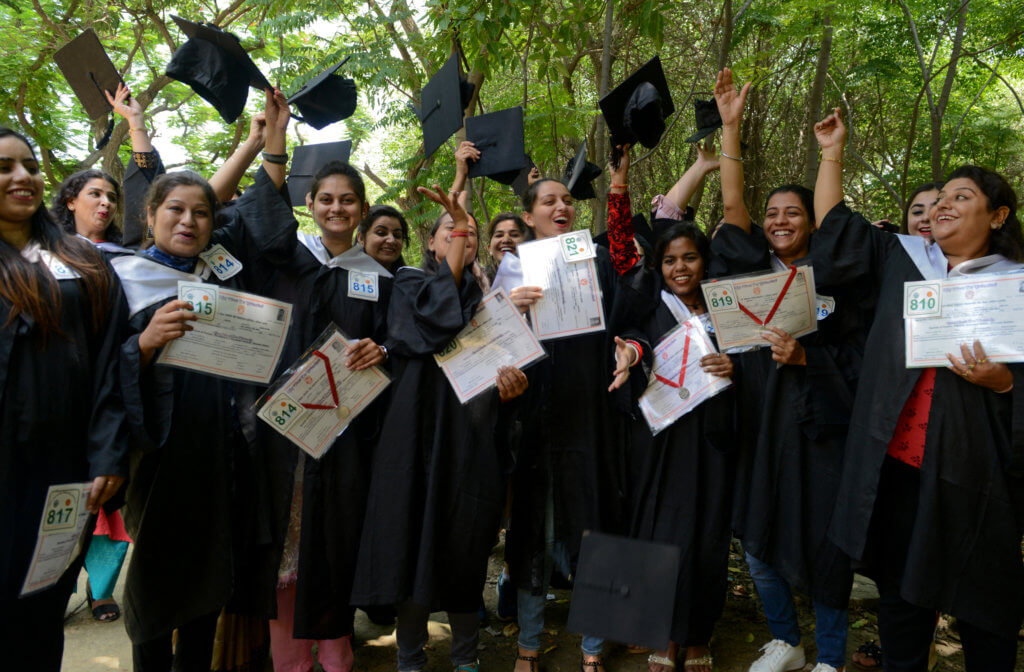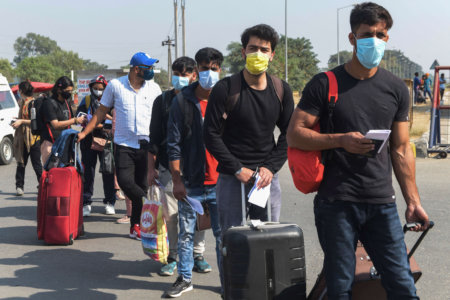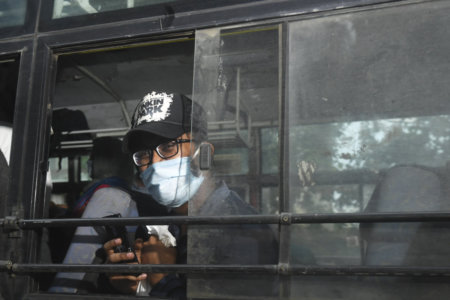
The world’s largest democracy is experiencing one of the world’s worst cases of brain drain. India sends as many as 777,000 students abroad, with the numbers expected to hit 1.8 million by 2024. Pursuing an overseas education is often seen as a crucial step along the roadmap of long-term immigration in a new host country that could offer better job prospects and improved life quality.
Aside from greener educational and employment pastures, could caste-based affirmative action in India be the driver behind its students’ exodus? Though much progress has been made to eliminate discrimination, India remains shackled to the past through a hierarchical system created nearly 1,500 years ago in a feudal society.
The effects of India’s caste system permeate many facets of Indian institutional structures, including higher education. While laudable in theory, affirmative actions to improve the conditions of minorities and lower-caste groups have had varying effects in promoting egalitarianism and upward mobility.
Disillusionment over non-meritocratic admissions

India’s flawed reservation system in higher education doesn’t always benefit students from marginalised communities, who lack generational wealth for upward mobility. Source: Narinder Nanu / AFP
In 2012, the New York Times ran a story on C.V. Gayathri, an aspiring medical student who was dismayed by India’s selection process into higher education. “When I came to know that I could not get into any medical college, I was really shocked,” she was quoted saying. Gayathri then pleaded her case to the Indian Supreme Court, which ordered for her admission into the medical school of her choice.
Since achieving independence, affirmative action in India has been in place to reserve slots for Dalits (formerly known as “untouchables”), Scheduled Tribes and other disadvantaged groups in higher education institutions. Its enactment is polarising over the years: while defenders have touted the move as a necessary instrument for righting social inequalities, those who are not beneficiaries of the quota system have decried the policy as limiting and unmeritocratic.
Feeling pushed out by India’s reservation system, disillusioned students — either self-funded or through scholarships — leave and seek education elsewhere. In the US alone, a total of 62,000 student visas were issued to Indian students in 2021, while the UK admitted 26,685 Indian students in the same year.
.@rupasubramanya on India’s continued brain drain: Since 2014, almost a million people have given up Indian citizenship. Many of the most talented and ambitious Indians still make a beeline for the West. https://t.co/zcVoHSzc6e
— Sadanand Dhume (@dhume) December 12, 2021
This chart shows where the world’s highly educated migrants come from https://t.co/k6ENL2XbdC #migration #education pic.twitter.com/Iev2Iwa2U2
— World Economic Forum (@wef) December 4, 2020
Naturally, those denouncing affirmative action in India view it as an unfair game that overlooks the achievements of bright students who deserve a place in top local universities. However, it’s hard to ignore another glaring question on the opposite end of the argument: who actually benefits from the quota system, and who has the resources to leave?
Affirmative action in India: Unpacking caste politics, educational access and global mobility

Vice President Kamala Harris, daughter of a Tamil-Brahmin scientist who immigrated from India, possesses social and economic capital in the US Indian diaspora which contributed to her ascent into the White House. Source: Chip Somodevilla / Getty Images via AFP
The reality of affirmative action in India isn’t always black and white. The problem of assigning quotas based on social hierarchy, instead of a needs-based approach to uplift marginalised communities, is that many will eventually fall through the cracks. A closer look into the situation in India’s admissions process reveals that universities routinely reward those who are more economically privileged, as opposed to good students from less-favoured castes. Rules that prevent the rich from taking advantage of quotas are ignored extensively in many states.
Reservation based on a colonial caste system instead of purely economic condition deepens fissures in society, exaggerates communal asymmetries in what should be a largely meritocratic system, feeds the country’s brain drain, and stymies the social justice movement. pic.twitter.com/G9Ypoo78SU
— Surya Kanegaonkar (@suryakane) August 11, 2021
The issue is compounded further by the lack of overseas scholarships reserved for students from Scheduled Tribes or Schedule Castes by the government. Even students admitted to top-ranked universities such as the Australian National University and the University of Oxford have been rejected by the national selection committee for a scholarship. As a result, global mobility for overseas studies remains concentrated on wealthier and upper-caste Indian students, who get to reap the benefits of enhanced education and participation in the global labour market.
Case in point? Just look at Kamala Harris’s ticket to the US Vice Presidency, a feat made possible by the intertwining forces of caste and economic privilege through her Tamil-Brahmin mother, Shyamala Gopalan. Incidentally, Gopalan’s reason for immigrating and studying at the University of California, Berkeley in the 1950s was due to the difficulties she faced in entering Indian universities reserving quotas for lower-caste students.
Where privilege goes, casteism follows. For Dalit students and immigrants who make it abroad, the sins of casteism extends beyond the motherland. Students are at the receiving end of caste-based microaggressions, exclusionary university practices, and intra-communal discrimination that add to their difficulty of settling in a new country. The problem is so widespread that US universities such as Harvard University and Brandeis University have enacted anti-discriminatory policies specific to casteism.
Brandeis University is the first American university to ban caste-based discrimination on its campus. This can be a template for all US universities.#DalitHistoryMonth @UCLA @Columbia @Harvard @Yale @Penn @RutgersU @UChicago @BrandeisU @EqualityLabs @surajyengde @nyuniversity pic.twitter.com/N37z0Kh9cz
— Dilip Mandal (@Profdilipmandal) April 13, 2021
While brain drain might spell talent loss for a rapidly industrialising country, it’s important to delve into the enabling factors behind student migration, and who is left behind in a segregationist caste system that hampers vertical mobility for the disenfranchised. Until policies in Indian education are rectified to strike a balance between equity and meritocratic opportunity, those who can leave might not look back, and those who are barred from its doors will remain disadvantaged.










